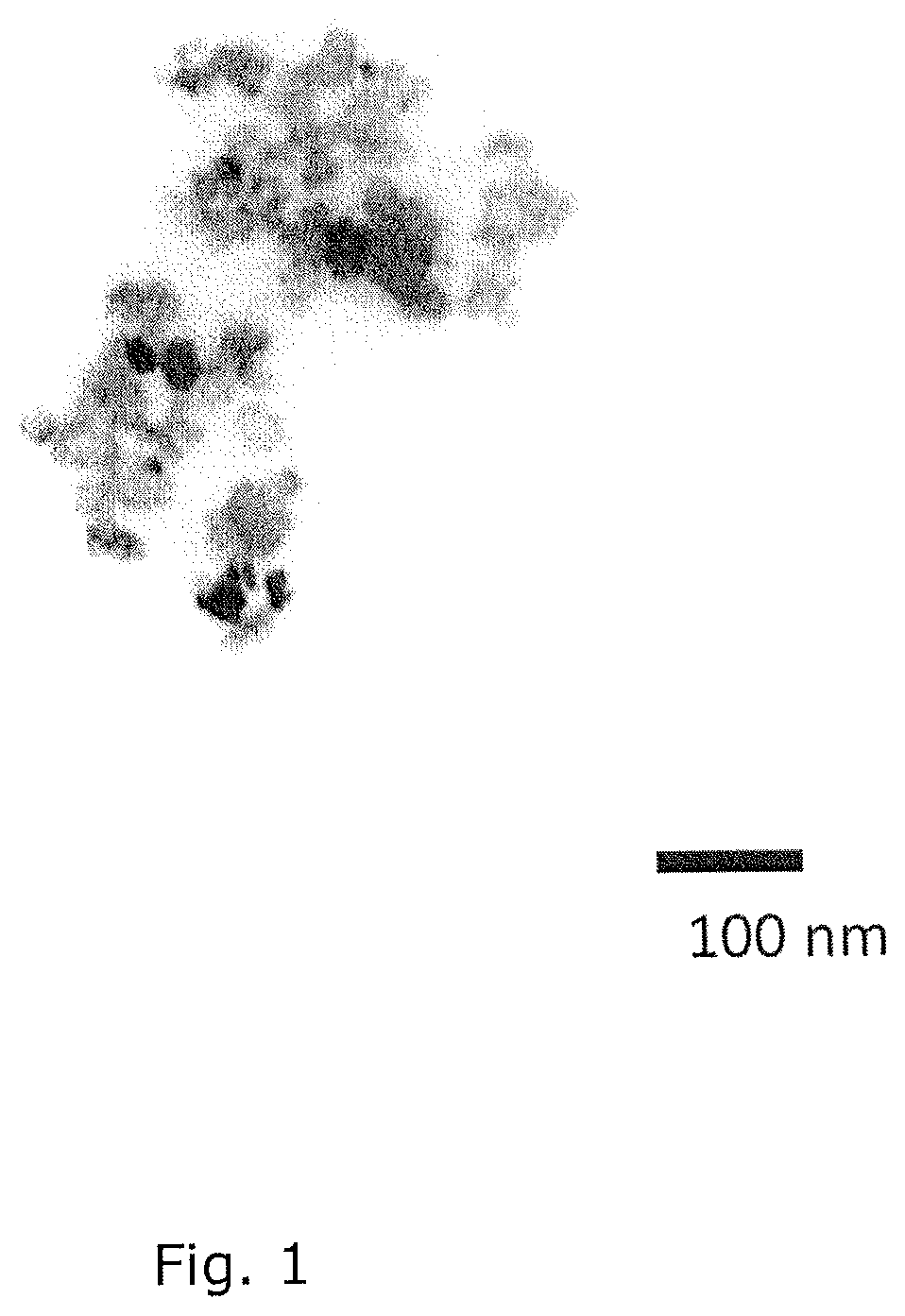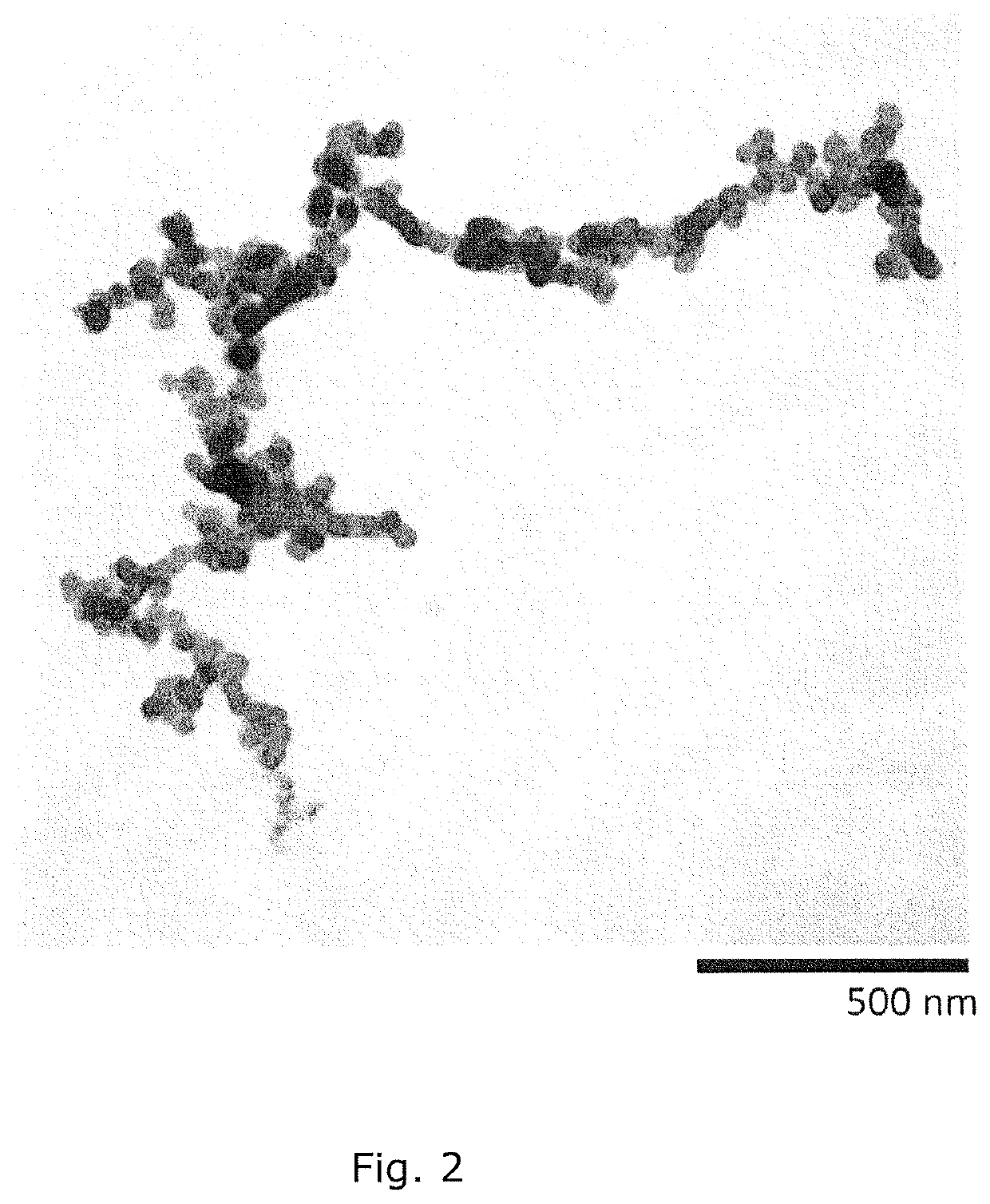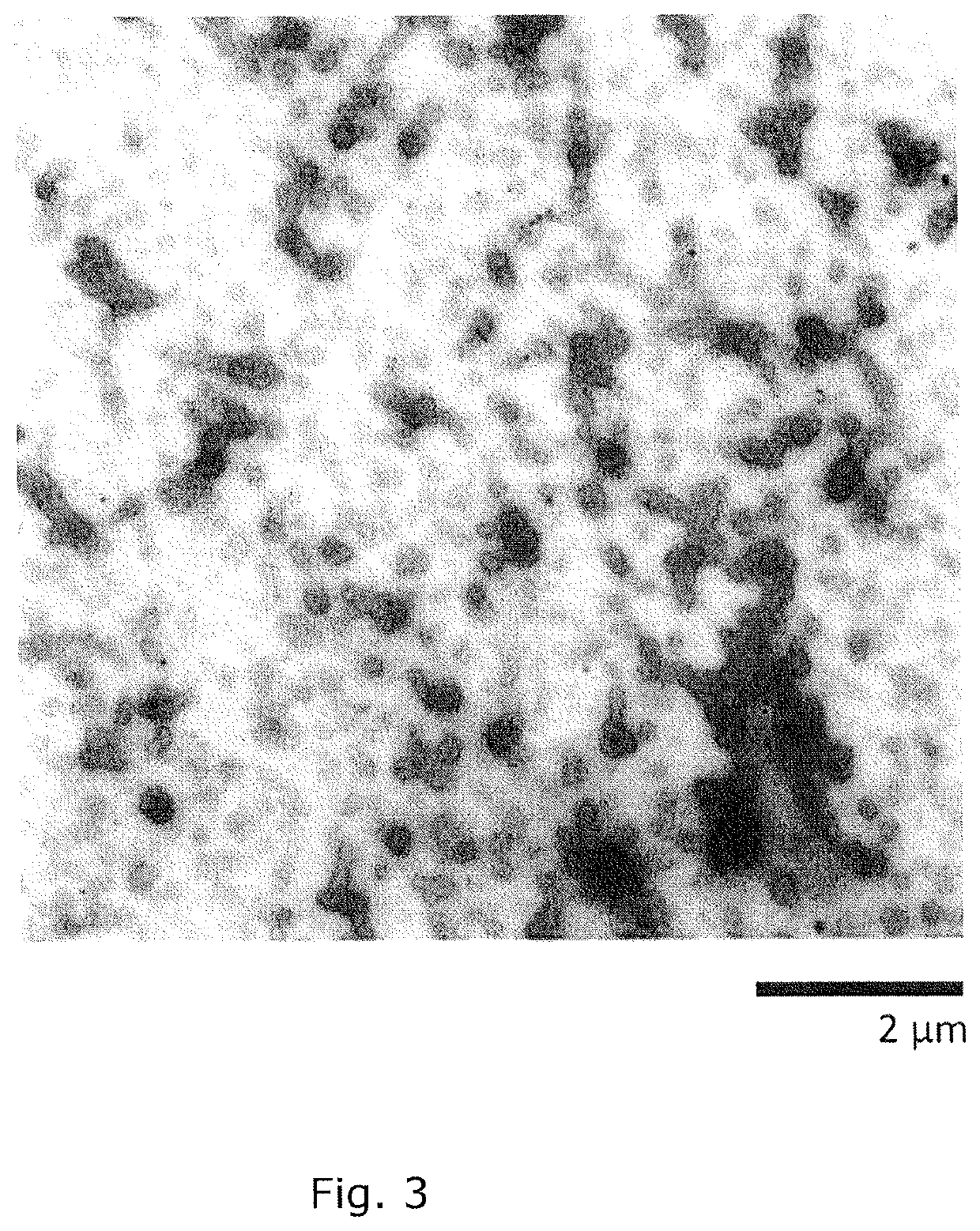Intracellular delivery vehicle
a delivery vehicle and cell technology, applied in the field of intracellular delivery vehicles, can solve the problems of difficult selection of polymers that could be easily introduced inside the cell without, and the effects of the cell, and the range of applications, have not necessarily been clarified, and achieve the effect of easily introducing a desired component or compound into the cell and facilitating the introduction of a desired component or compound
- Summary
- Abstract
- Description
- Claims
- Application Information
AI Technical Summary
Benefits of technology
Problems solved by technology
Method used
Image
Examples
examples
[0257]The present invention is illustrated in further detail by the examples that follow, however is not limited to these examples.
The reagents and data measurements
[0258]α,α′-azobisisobutyronitrile (AIBN), the raw material for the synthesis of the cationic polymerization initiators, was purified by recrystallization from methanol, and the heat-sensitive unit N-isopropylacrylamide (NIPAM) by recrystallization from n-hexane. Other reagents were purchased and used without further purification.
[0259]1H-NMR spectra were acquired on BRUKER AVANCE 400 spectrometer (400 MHz) and the chemical shirts were reported as ppm. The number-average molecular weight and the weight-average molecular weight were calculated using the calibration curve obtained from polystyrene standard using JACSO GPC system (JASCO PU-2080 pump, JASCO RI-2031 differential refractometer, JASCO CO-2060 column oven, Shodex GPC KD-806M column). Silica gel chromatography was conducted using silica gel 60N (40-50 μm) by Kanto...
example a-1
f the Cationic Polymerization Initiator
[0261]
[0262]α,α′-azobisisobutyronitrile (AIBN) (20.1 g, 0.12 mol) was suspended in a mixed solution of 20 mL of methanol (MeOH) and 200 mL of toluene (Tol). The solution was passed through with hydrogen chloride (HCl) gas generated by drop-wise addition of conc. sulfuric acid (260 mL) to sodium chloride (NaCl) (200 g) and stirred for 5 hours at room temperature. The precipitated solid was filtered, washed with toluene (Tol), and vacuum-dried to obtain compound 1a as white solid (28.3 g, yield 77%).
[0263]The 1H NMR (400 MHz, MeOD-d4) of compound 1a is as follows.[0264]δ 3.35 (s, 6H), 1.57 (s, 12H)
[0265]The results of mass spectrometry of compound 1a are as follows.
[0266]HRMS (EI+): calcd for [C5H10NO]+, 100.0757, found, 100.0761
[0267]Also, the results of the elemental analysis of compound 1a are as follows.
[0268]Anal. Calcd for C10H22Cl2N4O2: C, 39.87; H, 7.36; N, 18.60. Found: C, 39.16; H, 7.41; N, 18.25
[0269]
[0270]N-Methylethylenediamine (12.6...
example a-2
of Polystyrene Copolymer Using Cationic Polymerization Initiator 1c
[0289]Styrene, N, N′-methylenebisacrylamide (MBAM hereafter) as a crosslinker and hexadodecyltrimethylammonium chloride (CTAC hereafter) as a surfactant were dissolved in 25 mL of water in the amounts shown in table 1, and dissolved oxygen was removed by passing through argon gas for 30 minutes. Then, cationic polymerization initiator compound 1c in the amount shown in table 1, was added and emulsion polymerization was conducted using a mechanical stirrer for 1 hour at 70° C. After being cooled to room temperature, sodium chloride was added to the reaction mixture for salting out, and the product was purified by dialysis. The yields of the polymers obtained are shown in table 1.
[0290]
TABLE 1The amounts of raw materials used, and the yield of polymerobtained in the production of polystyrene copolymersCompoundCompoundnameStyreneMBAMCTAC1cYield (%)Compound800 mM24 mM14 mM 18 mM2.42aCompound800 mM24 mM14 mM3.6 mM182b
[029...
PUM
| Property | Measurement | Unit |
|---|---|---|
| excitation wavelength | aaaaa | aaaaa |
| excitation wavelength | aaaaa | aaaaa |
| excitation wavelength | aaaaa | aaaaa |
Abstract
Description
Claims
Application Information
 Login to View More
Login to View More - R&D
- Intellectual Property
- Life Sciences
- Materials
- Tech Scout
- Unparalleled Data Quality
- Higher Quality Content
- 60% Fewer Hallucinations
Browse by: Latest US Patents, China's latest patents, Technical Efficacy Thesaurus, Application Domain, Technology Topic, Popular Technical Reports.
© 2025 PatSnap. All rights reserved.Legal|Privacy policy|Modern Slavery Act Transparency Statement|Sitemap|About US| Contact US: help@patsnap.com



